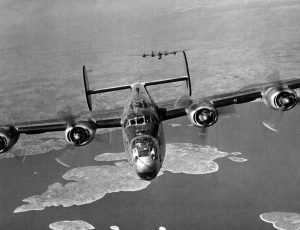Why Do We Go to War?
A DEEPER LOOK: PURSUED: TEN KNIGHTS ON THE BARROOM FLOOR (from the notes of Mel R. Jones)
 Having served two tours of duty in Vietnam, Mel R. Jones wrote in the acknowledgements to his novel, “Those of us who have been involved in the military in one way or another have been sent to protect our country by engaging in war to attain peace—a paradox of human experience that repeats itself generation after generation, century after century.”
Having served two tours of duty in Vietnam, Mel R. Jones wrote in the acknowledgements to his novel, “Those of us who have been involved in the military in one way or another have been sent to protect our country by engaging in war to attain peace—a paradox of human experience that repeats itself generation after generation, century after century.”
Jones’s vision for his novel, the first of his planned trilogy with the underlying theme of why we go to war, was inspired by a non-fiction book of political philosophy by John G. Stoessinger titled Why Nations Go to War in which he posed this question and possible considerations. He asked, is it the way we organize ourselves as nations? Or is it how we form alliances with other nations? Or is it inherent in the nature of man?
Pursued: Ten Knights on the Barroom Floor explores Stroessinger’s first question. Is it the way we organize ourselves as nations, or cultures, interacting with each other that holds the seeds of both peace and war?
In Jones’s novel, “two worlds, civilized and primitive, past and present, and four cultures—American, Japanese, Australian and native Papuan–deal with the horrors of war and conflict, yet also with the paradox of times of peace that relate to the connectedness of the human community.”
The novel abounds in the complexity of these cultural interactions in a land of primitive beauty, but also lethal danger, which is under Australian political authority. At the site of a recently discovered 1943 crashed WW II bomber in a remote mountain jungle in Papua New Guinea, a U.S. Army remains recovery team, headed by a physical anthropologist is joined by a forensic pathologist there to investigate a crime scene within the fuselage of the wreckage in 1973. The Americans are camped between two antagonistic, primitive native tribes, one a river tribe and the other mountain dwellers, who are fueled by their own payback customs.
The investigative team has to walk in the shoes of American airmen, possibly living or dead, those of Japanese survivors from their bombing raid, as well as Papuan tribal leaders to find the answers as to what happened there, the location of any remains and, mysteriously, who wants the pathologist killed and why.
We wonder if any of the novel characters can rise above their upbringing–the very backbone of their identities forged in national or cultural homes–which colors their perceptions of so many differences that separate them, one from another?
So, why do we go to war? Is it the way we organize ourselves as nations or cultures that delivers us into war, forgetting the love that binds us together as one, as we “brawl” on the “barroom floor” of conflict with one another? Is it a cause or but a given symptom of a world of opposites where free will holds within it the potential of both choices, like two sides of one coin, depending on which side is chosen at any one time? Will it be war or peace? And the universal paradox continues as the choice is made over and over again, generation after generation, century after century in our earthly experience.
[avatar]Marian[/avatar]
